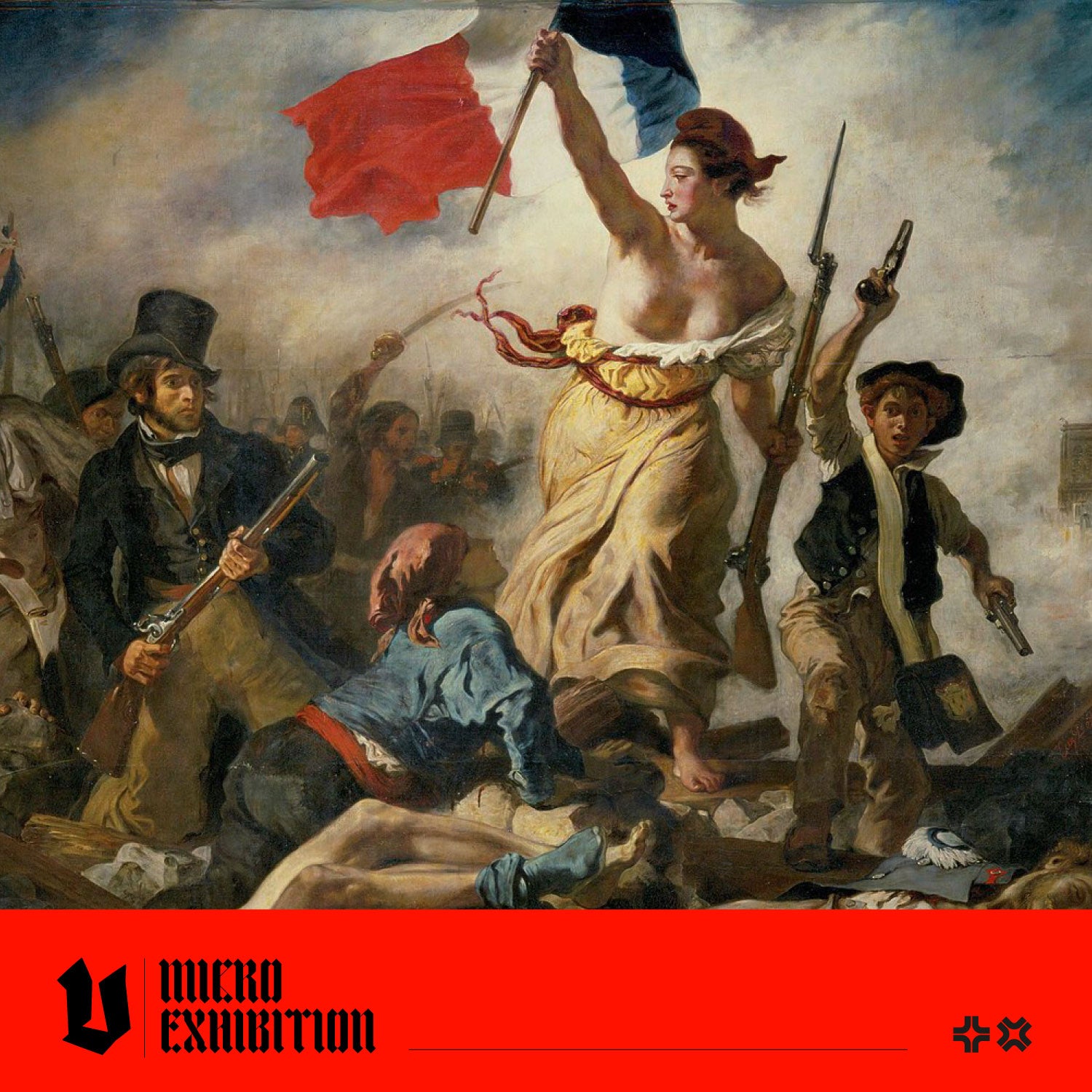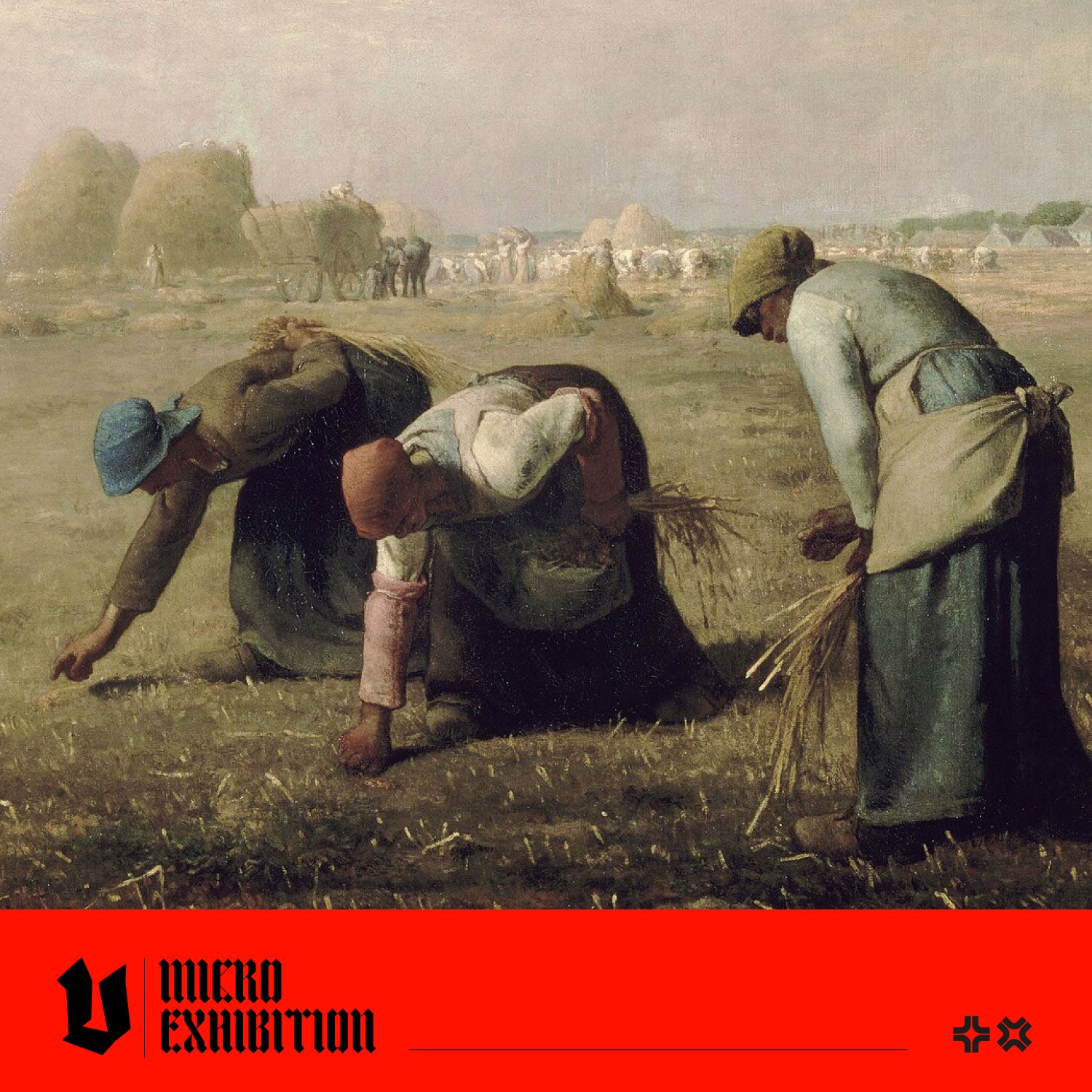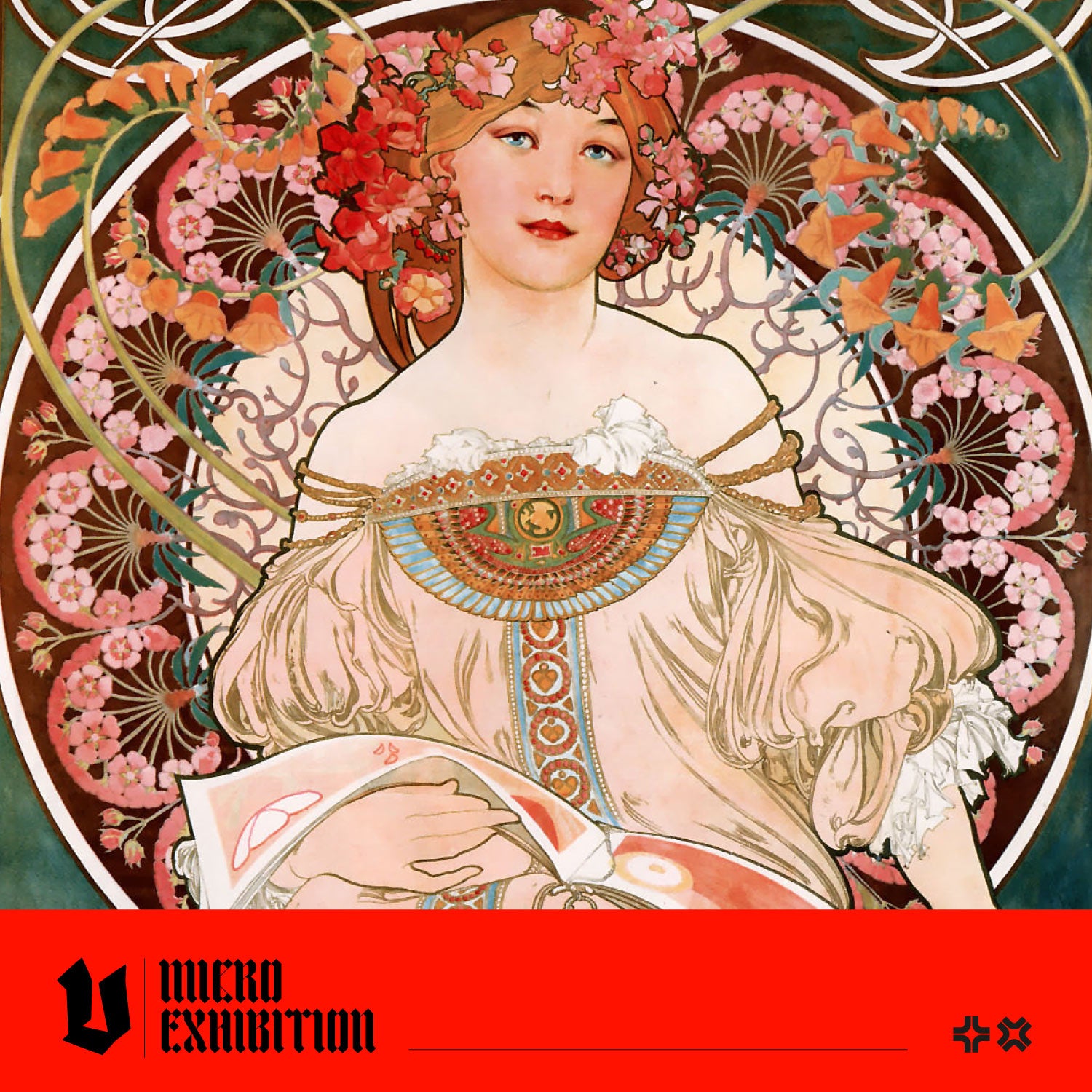Exploring Romanticism: A Journey into an Artistic Rebellion
What was the Romantic Movement?
Romanticism was a creative movement that influenced artists, poets, authors and musicians. The Tate describes its height as between 1780 to 1830, but its influence extended long after. Romanticism was an emotional celebration of the wonders of nature and an artistic rebellion against the scientific rationality of the Enlightenment era and the 'stripped down' geometric structures popularised by the Neoclassical style. Romantic artists celebrated embracing the tumultuous emotions of human existence and the untamed beauty of nature. We think this passage from National Galleries Scotland perfectly describes the intended effect:
"The uncontrollable, unpredictable nature of the landscape was a hugely popular subject for Romantic painters; with its potential to create terrifying, overwhelming scenes that seem to engulf the viewer, it was the ideal subject to eclipse rational Enlightenment thought."
Join us as we learn about this fascinating movement; we'll examine some iconic paintings by Romantic painters and learn about the fundamental characteristics of Romantic art. Let's go!
 Wanderer above the Sea of Fog by Caspar David Friedrich |
Why Did Romantic Artists Paint Landscapes?
We've included some of our favourite Romantic paintings in this article, including breathtaking landscapes. They were a popular subject for Romantic artists because they embodied various important elements of the movement. They celebrated the subline vastness of nature, which provided liberation from the Industrial Revolution and the increasingly hectic urban environment and allowed individuals to roam freely. Artists created an idealised version of a pre-industrial era and this resonated with people who longed for a time when nature and people were more connected. Landscape paintings allowed artists to express their emotions, societal concerns, and philosophical musings, making them a cornerstone of the Romantic movement's visual language.
 Upper Fall of the Reichenbach: Rainbow (1810) by J. M. W. Turner |
What is a Significant Example of Romantic Art?
Liberty Leading the People by Eugène Delacroix in 1830 encapsulates the Romantic movement's spirit and anti-establishment ethos. Delacroix created this masterpiece in response to the French Revolution of 1830, which led to the overthrowing of the Bourbon monarch, Charles X.
 |
The painting depicts a stirring symbolic scene of the July Revolution, where a figure representing Liberty (often associated with Marianne, the personification of the French Republic) leads a diverse group of revolutionaries in their struggle for freedom and justice. We see a top-hatted member of the bourgeoise fighting beside a man in a white shirt whose clothes indicate he belongs to the working class. On the other side of Liberty, we see a young boy brandishing two pistols - interpretations vary, his satchel and cap indicate he could be a schoolboy, or he may represent urban workers. Liberty stands atop the broken bodies of ordinary people who have died during the revolution, such as the man in a nightshirt in the bottom left corner. Liberty is painted in a powerful and inspiring pose, wearing a Phrygian cap, a symbol of the republic, and holding the French tricolore flag high (a design adopted after the revolution), her determined gaze and resolute stance symbolising the people's collective will to break free from oppression.
Delacroix's painting captures the intense emotions and aspirations of the moment, making it a powerful embodiment of Romanticism's core principles.
Emotion and Passion: Emotion was fundamental in Romantic art, and this painting is highly charged. We see the fervour of the revolutionaries, the urgency and high cost of their cause, and the power of their unity. The colours, composition and lighting is designed to create an emotional response from the audience to share the fierce atmosphere.
Individualism: Liberty, positioned in the middle of the painting, represents the Romantic celebration of the individual spirit and the quest for personal freedom. The diverse group rallying behind her indicate the power of common people of all backgrounds presenting a united front against tyranny.
Sublime nature: As we see in the other examples in this article, Romanticism often idealised nature as a source of inspiration. Here, the chaos of the crumbling architecture indicates that the old way of things is passing, and a different future can be shaped.
Historical and Political Context: The July Revolution was pivotal in French history, embodying the spirit of change and upheaval that Romantic artists often sought to capture. Delacroix's painting not only depicts the event but imbues it with universal significance, making it a statement about the power of the people to stand up against injustice. The painting was later bought on behalf of the next king but later returned to the artist.
Dramatic Composition: Delacroix's dynamic composition, with figures in various poses and states of action, adds to the sense of urgency and movement. The use of contrasting light and shadow and the arrangement of figures contribute to the scene's dramatic impact.
Liberty Leading the People is not just a depiction of a historical event; it's a visual representation of the ideals of liberty, passion, and humanity that defined the Romantic movement.
 El tres de mayo de 1808 en Madrid (The Third of May 1808) by Francisco Goya |
Interested in Learning More?
We hope you have enjoyed our introduction to Romanticism, a movement that continues to inspire artists today. It was replaced by Realism, which became popular around 1840. Realism depicted typical people and environments accurately and rebuffed the idealised Romantic version of events. We'll explore this style in our next installment of this series next week! For further reading about Romanticism, check out our sources:
Romanticism at The Tate
The Collector
Art in Context
Artsper
Allen Fisher Blog
The Met Museum
Unleash Your Creativity Today!
Get inspired by our release, Botanical Art: An Image Archive for Artists & Designers. This is a captivating visual resource for creative minds seeking inspiration from the world of botany. Delve into a vast collection of curated botanical subjects, ranging from delicate roses and vibrant chrysanthemums to beautiful orchids, elegant irises, and radiant sunflowers.

|
This excellent book goes beyond traditional flora, embracing the allure of lush tropical plants that will transport you to paradisiacal realms. Immerse yourself in the beauty of monstera leaves, the exotic charm of bird of paradise blooms, the captivating vibrancy of hibiscus flowers, and the lavish fronds of sword ferns and snake plants. With an extensive array of fungi, succulents, and majestic trees, this archive captures the essence of nature's diversity.
Features:
Each book contains a download link providing you access to 477 high-resolution images that you can use in art and design projects.
This book is a must-have for fine artists, designers, tattoo artists, printmakers, collage artists, and anyone seeking botanical inspiration.
Own Botanical Art: An Image Archive for Artists & Designers by Vault Editions and unlock the gateway to botanical inspiration. With its extensive collection of stunning imagery and the bonus of high-resolution digital files, this book is a valuable asset for artists and designers alike. Immerse yourself in the intricate beauty of nature, unleash your creativity, and elevate your artistry. Purchase your copy today and let the captivating world of botanical art become an essential part of your creative journey.

|





